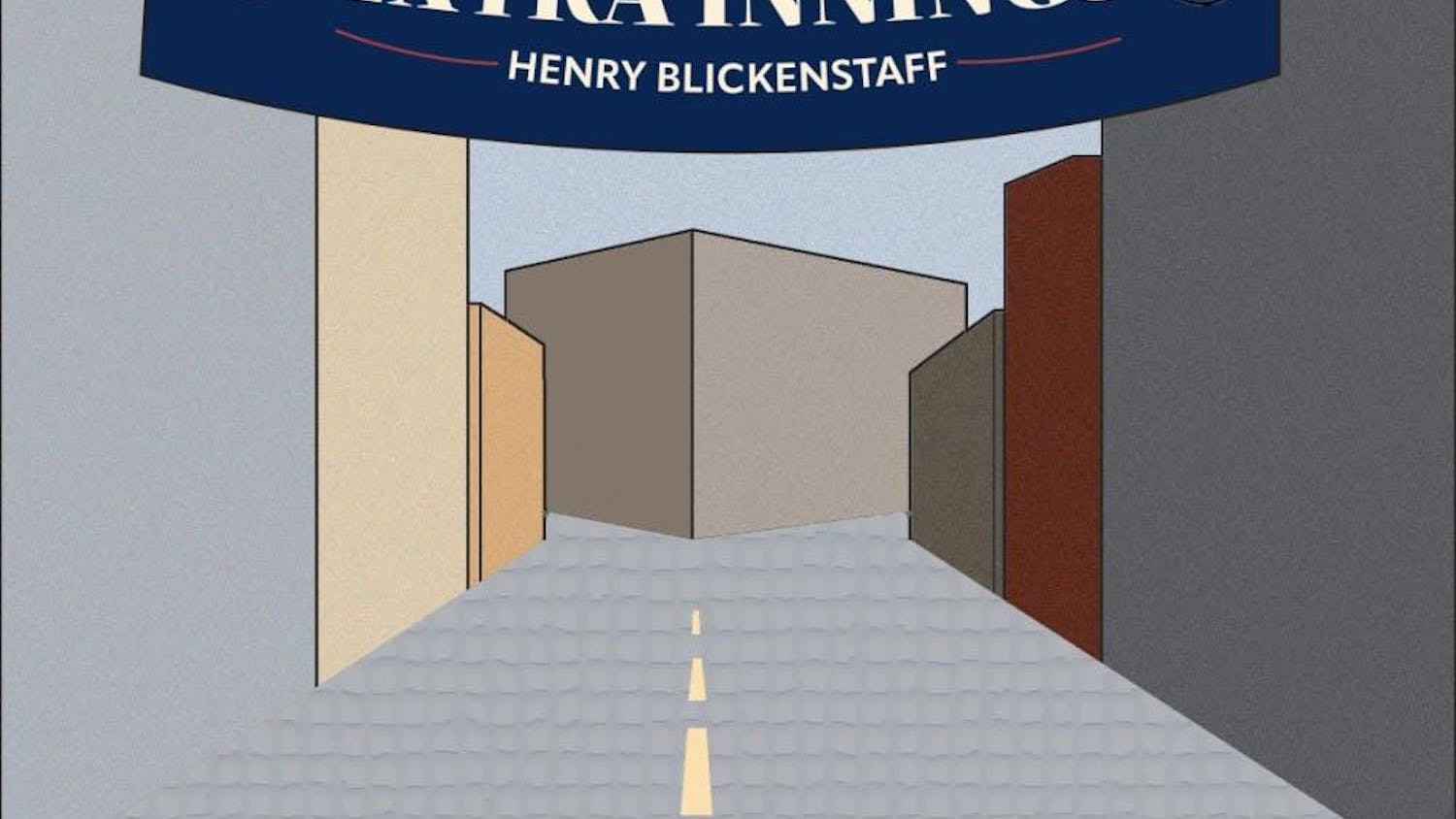The Green Line Extension, which theoretically would reach our campus at the College Avenue and Boston Avenue intersection, may not be built. Unlike the Green Line elsewhere, this section would be built alongside the existing commuter rail tracks, separated from the roads, so it would be faster and more convenient. And our campus would have a new gateway -- perhaps to be fondly known as College Square -- with extended sidewalks and new facilities for learning and socializing. This area of campus is already growing, with 574 Boston Avenue and the soon-to-be completed SEC.
In fact, Tufts rightly understood that space would be available atop the station entrance for development, so they proposed an Air Rights Building and developed a public-private partnership (P3) in order to have a 99-year lease on air rights. Tufts will be paying for project redesign and construction changes for the station below (if the project moves forward), and paying for ongoing maintenance and station security. This practice is known as value capture and in particular, joint development, and it is a form of transportation finance.
While the T may be risk-averse, especially concerning real estate development, Tufts clearly does not appear to share these traits. In fact, Tufts even tried to build directly atop South Station’s train platforms between the terminal and the bus station, creating the Tufts University Development Corporation (TUDC) in the 1980s in order to secure permits and air rights and build a skyscraper originally designed with a height of 759 feet. Of course, former University President Jean Mayer, arguably Tufts’ greatest visionary, was the man behind this proposal, envisioning the creation of a skyscraper dedicated to medical research decked atop the station.
Due to a lack of real estate expertise of this scale and complexity, the university brought on Hines Interests LP, a development firm, in the 1990s. Since then, money and politics have gotten in the way, as well as additional complexities related to decking and ventilating atop New England’s busiest (diesel) rail terminal. Thus, the South Station Tower remains on hold, with potential plans for a hotel, condominiums and office space. Moreover, due partly to vibrations from the trains below, it is unlikely that Tufts will have a place in the skyscraper. However, Jumbos would nevertheless be the visionaries behind improving South Station, providing real estate revenue to MassDOT and improving the Northeast Corridor experience.
According to Professor Gittleman, President Mayer had a vision of pharmaceutical companies coming into Boston and attaching themselves to the Tufts Medical School, with Tufts building facilities atop rail and road transportation assets from South Station to the Boston Extension of the Massachusetts Turnpike. While this impressive, LEED pre-certified building is on hold, President Mayer succeeded in getting the university itself "on track," with a sizable endowment and the creation of the Human Nutrition Research Center on Aging, the nutrition school and the veterinary school.
Clearly, President Mayer understood the importance of interdisciplinary connections -- bridging the gap socially, economically, politically and physically -- and taking risks. In fact, his vision increased undergraduate enrollment so much that, while new dorms were being built, the university needed to shuttle students to a hotel in Harvard Square. And no, unfortunately, they did not just give them free T passes.
More from The Tufts Daily





